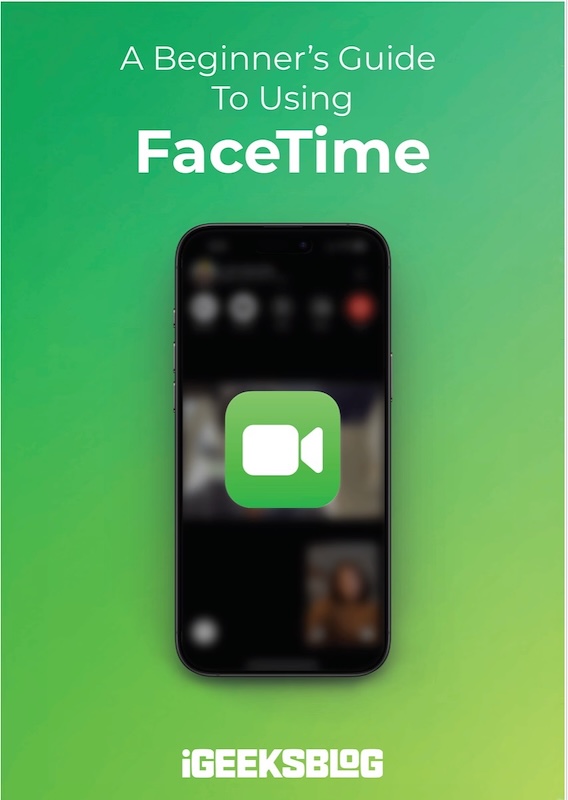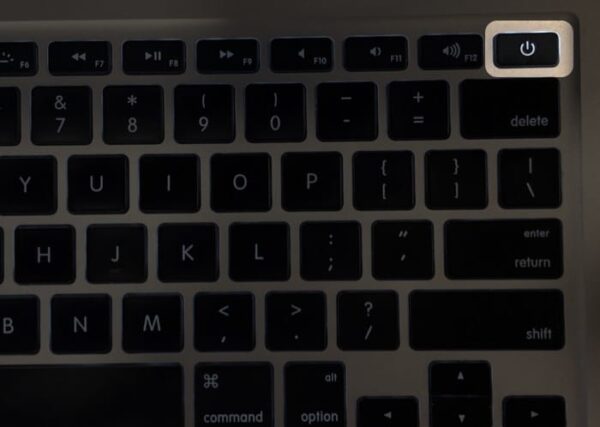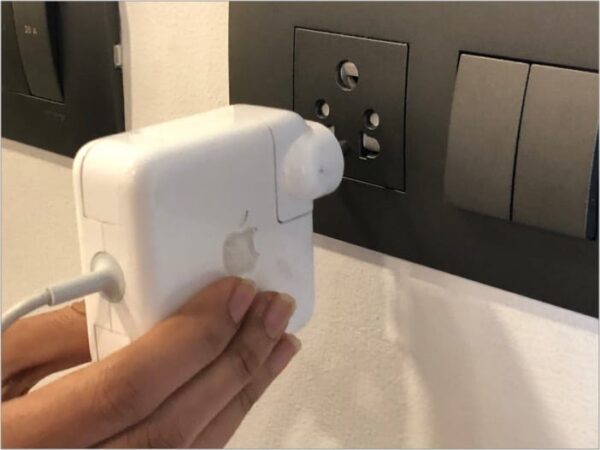
FaceTime Like a Pro
Get our exclusive Ultimate FaceTime Guide 📚 — absolutely FREE when you sign up for our newsletter below.

FaceTime Like a Pro
Get our exclusive Ultimate FaceTime Guide 📚 — absolutely FREE when you sign up for our newsletter below.
Accidentally spilled water on your MacBook? Don’t panic. This quick guide walks you through exactly what to do—and what to avoid—to protect your device.
One second, you’re sipping your coffee — and the next, it’s all over your MacBook. Maybe the cup slipped. Maybe your dog jumped up. Or maybe it was just bad luck. Whether the screen stays on or instantly goes black, liquid damage to your MacBook can be catastrophic. Those next few seconds matter more than you think.
Don’t panic—and definitely don’t press any keys. In this step-by-step guide, I’ll show you exactly what to do if you spill water—or any liquid—on your MacBook and how to maximize your chances of saving it.
The first few moments after the spill are crucial. What you do (or don’t do) can make all the difference.

The moment any liquid touches your MacBook, your first action should be to power it off—and fast. Hold down the power button for 5 to 10 seconds until the screen turns off.
Don’t try to save files or shut it down properly using the Apple menu. Every extra second the device stays powered increases the risk of a short circuit and internal damage.

Next, unplug everything connected to the MacBook. Start with the charger, as electricity and water can be a dangerous combo. Then remove any connected peripherals like USB drives, headphones, SD cards, or HDMI cables.
If you’re using a hub or dock, unplug that too. You want to isolate the device completely to avoid any power flow.
Flip the MacBook open to a 90-degree angle and set it in an upside-down “V” position with the keyboard facing down. This lets gravity draw the liquid out. Use a soft cloth to gently dab visible moisture, especially around the keyboard, trackpad, and ports. Don’t press or shake it.
Set the MacBook on a flat, dry surface in a cool and well-ventilated room. Avoid direct sunlight or heat sources like dryers and radiators—they can warp components. If possible, surround it with silica gel packs to absorb moisture.
Skip the rice; it’s less effective and can cause more harm if it gets inside the ports.
Fully drying your MacBook takes time, and patience is key.
These types of spills can leave behind sticky residue even after the water has evaporated, increasing the risk of corrosion. As tempting as it is, resist the urge to check if your MacBook is working too early. Trying to power on your MacBook before it’s completely dry can short the internal components and lead to permanent damage.
When water hits your MacBook, the panic response often leads to the wrong actions. Knowing what not to do is just as important as knowing what to do.
Let gravity and time do the work. Drying the right way is safer and gives your MacBook a better shot at recovery.
If your MacBook doesn’t turn on after 72 hours or shows signs like:
These are common symptoms of underlying damage caused by moisture or corrosion on the logic board.
DIY drying methods are fine for small spills, especially if the MacBook is shut down quickly and the liquid is plain water. But if the spill involves sugary or sticky drinks, or if the device doesn’t boot up after drying, professional help is the safer and smarter option. Opening the MacBook yourself is risky unless you know exactly what you’re doing and have the right tools.
It’s always better to get your MacBook checked by a certified Apple technician or a trusted repair center as soon as you notice something off. Internal corrosion can take days or weeks to spread, slowly ruining components that could have been saved. And remember, the earlier the inspection, the greater the chance of recovery and the lower the repair cost.
Once you take your MacBook to a repair center, here’s what usually happens depending on the extent of the damage:
Spilling water once is unfortunate. Doing it twice? That’s avoidable. Here are some easy ways to protect your MacBook from another liquid disaster:
These habits are easy to adopt and could make the difference between a close call and a costly repair.
After you’ve dried the MacBook and confirmed there’s no moisture inside, it’s time to clean and disinfect it. This helps remove any residue and ensures your device stays safe to use.
This final cleanup ensures your MacBook is not only dry but safe and pleasant to use again.
Spilling water on a MacBook is terrifying but not always fatal. Act quickly, dry it properly and resist the urge to power it on too soon. If you’re lucky, it might survive without issues. If not, at least you gave it the best possible shot.
FAQs
Yes, if turned off quickly and dried properly. But sugary or corrosive liquids are harder to recover from.
It can cost anywhere from $100 to over $1,200, depending on the damage and whether it needs full part replacements.
No. Rice is ineffective and may leave a residue. Use silica gel instead.
At least 48 hours for minor spills, 72+ hours for sugary liquids.
Don’t miss these related reads: